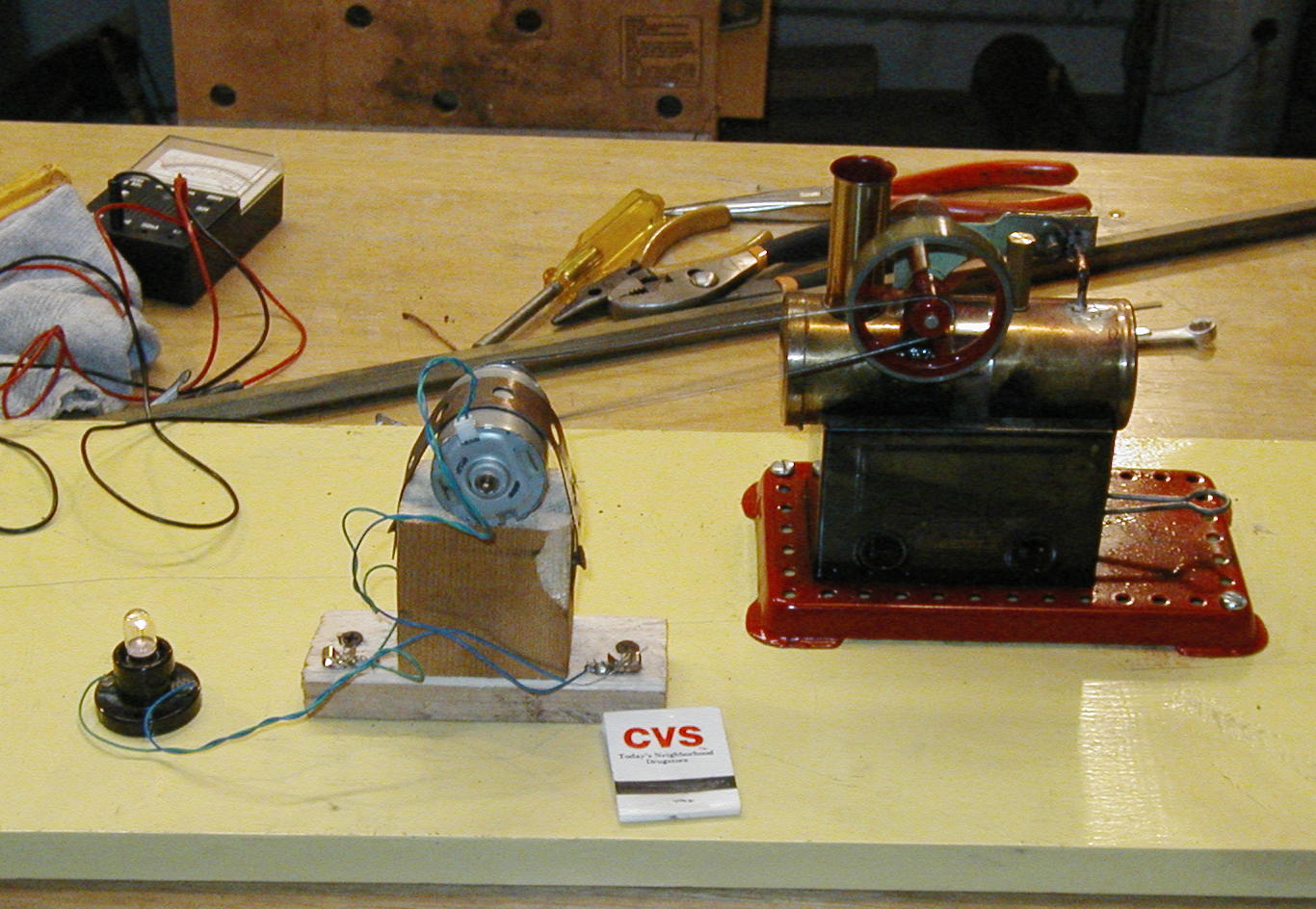| It is currently Sat May 03, 2025 8:18 am |
|
All times are UTC - 5 hours [ DST ] |
32V DC Power system
Moderators: Rick Rowlands, tomgears, Randy Hees
 
|
Page 2 of 3 |
[ 35 posts ] | Go to page Previous 1, 2, 3 Next |
|
| Mikechoochoo |
|
||
|
Joined: Sun Aug 22, 2004 6:10 pm Posts: 232 |
|
||
| toober |
|
||
|
Joined: Mon Oct 06, 2008 6:42 pm Posts: 124 |
|
||
| EDM |
|
||
|
Joined: Sun Aug 22, 2004 9:54 am Posts: 1035 Location: NJ |
|
||
| toober |
|
||
|
Joined: Mon Oct 06, 2008 6:42 pm Posts: 124 |
|
||
| Hale Adams |
|
||
|
Joined: Fri Dec 26, 2008 11:53 pm Posts: 4 |
|
||
| softwerkslex |
|
||
|
Joined: Thu Apr 14, 2005 9:34 pm Posts: 2819 Location: Copenhagen, Denmark |
|
||
| tyrok1 |
|
||
|
Joined: Sat Dec 13, 2008 12:46 am Posts: 166 |
|
||
| limejuice |
|
||
|
Joined: Sat Jan 31, 2009 7:58 pm Posts: 80 |
|
||
| RCD |
|
|||
Joined: Fri Oct 24, 2008 9:05 pm Posts: 1079 Location: MA |
|
|||
| Adam Phillips |
|
||
|
Joined: Wed Oct 25, 2006 12:12 pm Posts: 209 Location: Bremerton, WA |
|
||
| John E. McNamara |
|
||
|
Joined: Sun Aug 29, 2004 9:21 pm Posts: 105 |
|
||
| Stationary Steam |
|
||
|
Joined: Tue Nov 21, 2006 12:04 am Posts: 665 Location: Northeast Ohio |
|
||
| G. W. Laepple |
|
||
|
Joined: Mon Aug 23, 2004 5:10 pm Posts: 1182 |
|
||
| toober |
|
||
|
Joined: Mon Oct 06, 2008 6:42 pm Posts: 124 |
|
||
 
|
Page 2 of 3 |
[ 35 posts ] | Go to page Previous 1, 2, 3 Next |
|
All times are UTC - 5 hours [ DST ] |
Who is online |
Users browsing this forum: Google [Bot] and 162 guests |
| You cannot post new topics in this forum You cannot reply to topics in this forum You cannot edit your posts in this forum You cannot delete your posts in this forum You cannot post attachments in this forum |


